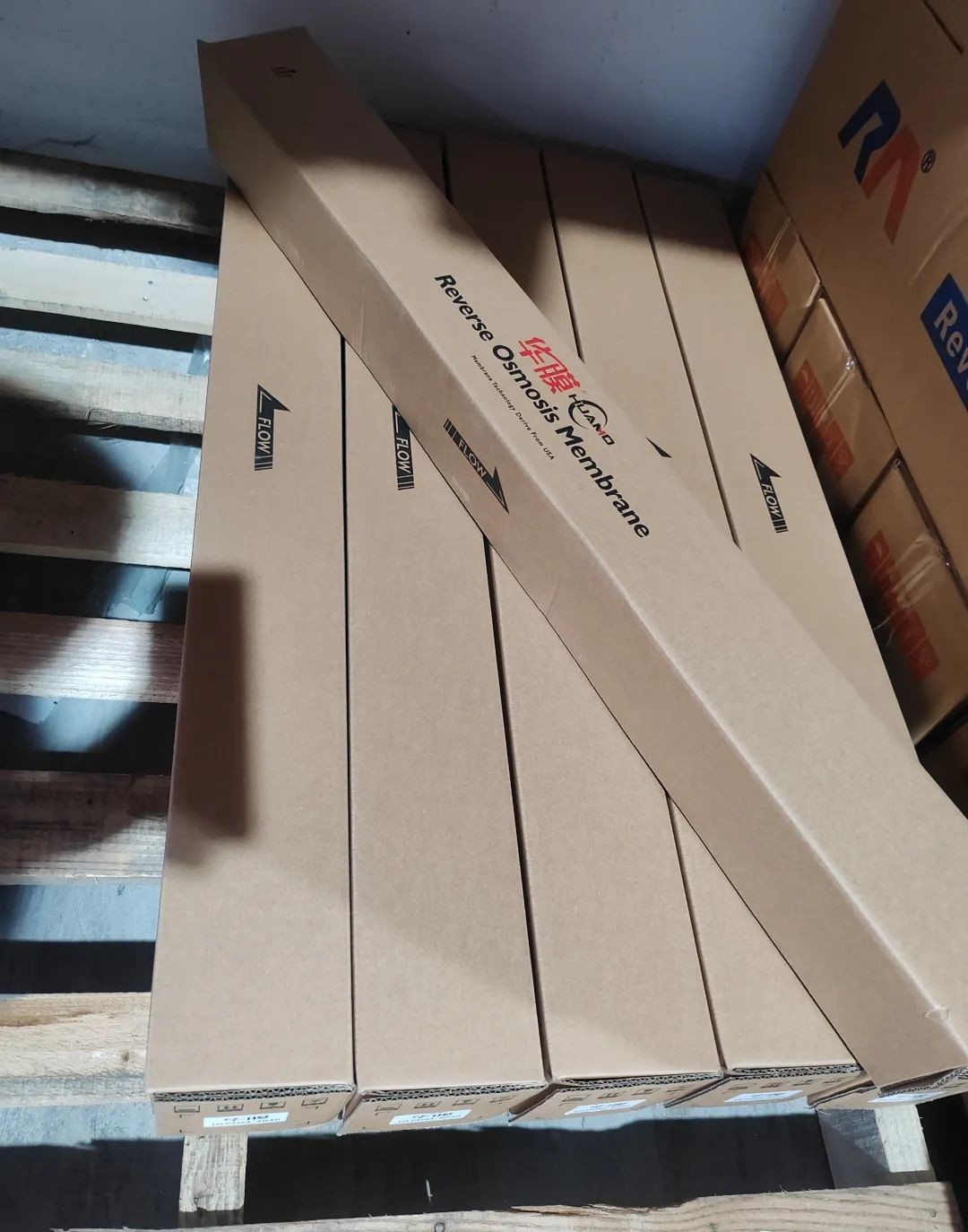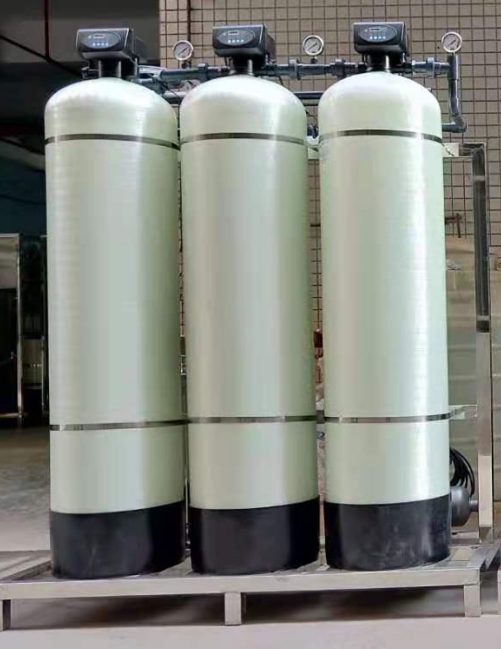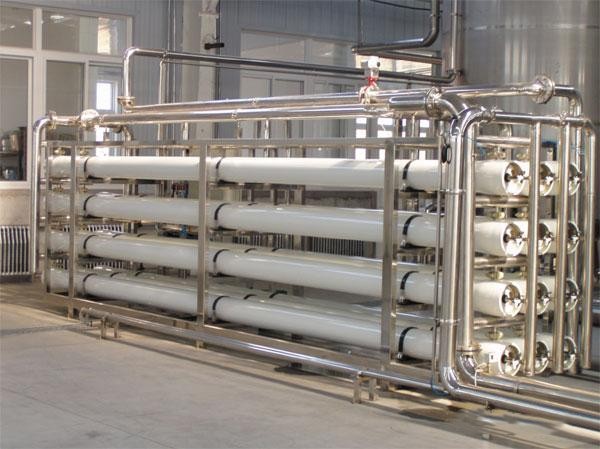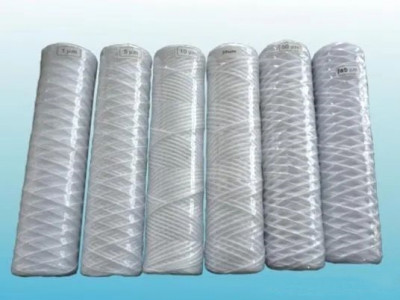RO (reverse osmosis) system includes raw water pretreatment system, reverse osmosis host and post-treatment, and RO (reverse osmosis) system has specific requirements for raw water pretreatment system.
Due to the variety of raw water, its composition is also very complex, for the raw water quality and RO (reverse osmosis) system recovery rate and other major process design parameters, select the appropriate pretreatment process system to reduce the RO(reverse osmosis) membrane fouling, scaling, to prevent the RO (reverse osmosis) membrane desalination rate, water yield reduction, especially for the current increasing scarcity of water, water quality is deteriorating, select a correct pretreatment system, will directly affect the The function of the entire water treatment system.
As we all know, RO(reverse osmosis) system operation failure, most cases are caused by the pre-treatment system function is not perfect. In order to ensure that the reverse osmosis process is carried out properly, the raw water must be strictly pretreated.
The main factors that reduce the performance of the reverse osmosis membrane are:
1, chemical degradation of the membrane, such as the destruction of aromatic polyamides by oxidants such as chlorine and strong acids and bases.
2, membrane surface insoluble salt fouling.
3, membrane by the inlet water suspended matter, colloid fouling.
4, membrane by microorganisms, bacteria, algae, etc. adhesion, erosion, resulting in fouling and membrane degradation.
5, large molecules of organic matter on the membrane fouling and small molecules of organic matter by membrane adsorption.
The efficiency and life of RO is closely related to the effect of raw water pretreatment system.
The purpose of pretreatment system is to minimize the contamination, scaling and damage to the membrane from the feed water, so as to optimize the system water yield, desalination rate, recovery rate and operation cost.
Therefore, a good pretreatment systemis very important for the long-term safe operation of the RO unit. Its purpose is broken down as follows:
1、Removing suspended solids and reducing turbidity.
2、Control the growth of microorganisms.
3, inhibition and control of the deposition of microsoluble salts.
4、Adjustment of feed water temperature and pH.
5, removal of organic matter.
6、Precipitation control of metal oxides and silicon.
Objectives of Reverse Osmosis Membrane Pretreatment system:
In order to ensure the water recovery rate of the reverse osmosis system, the quality of the permeate water, the stability of the permeate flow, the minimization of the operating cost, and the optimization of the membrane life, etc., a perfect pretreatment system must be carried out. The specific objectives are
1, to prevent contamination of the membrane surface, i.e. suspended solids, microorganisms, colloidal substances and organic matter must be removed as much as possible, so as to prevent these substances from being deposited on the membrane surface or fouled in the water flow channel of the membrane element.
2, prevent membrane surface fouling, that is, must try to inhibit insoluble salts such as CaCO3, CaSO3, BaSO3, SrSO3, CaF2, and iron, manganese, aluminum, silicon compounds, etc. in the membrane surface deposition.
3, Prevent the membrane from suffering physical and chemical damage, i.e., the influence of high temperature, extreme acidic or alkaline water, oxidants, etc. on the membrane must be avoided as much as possible.






